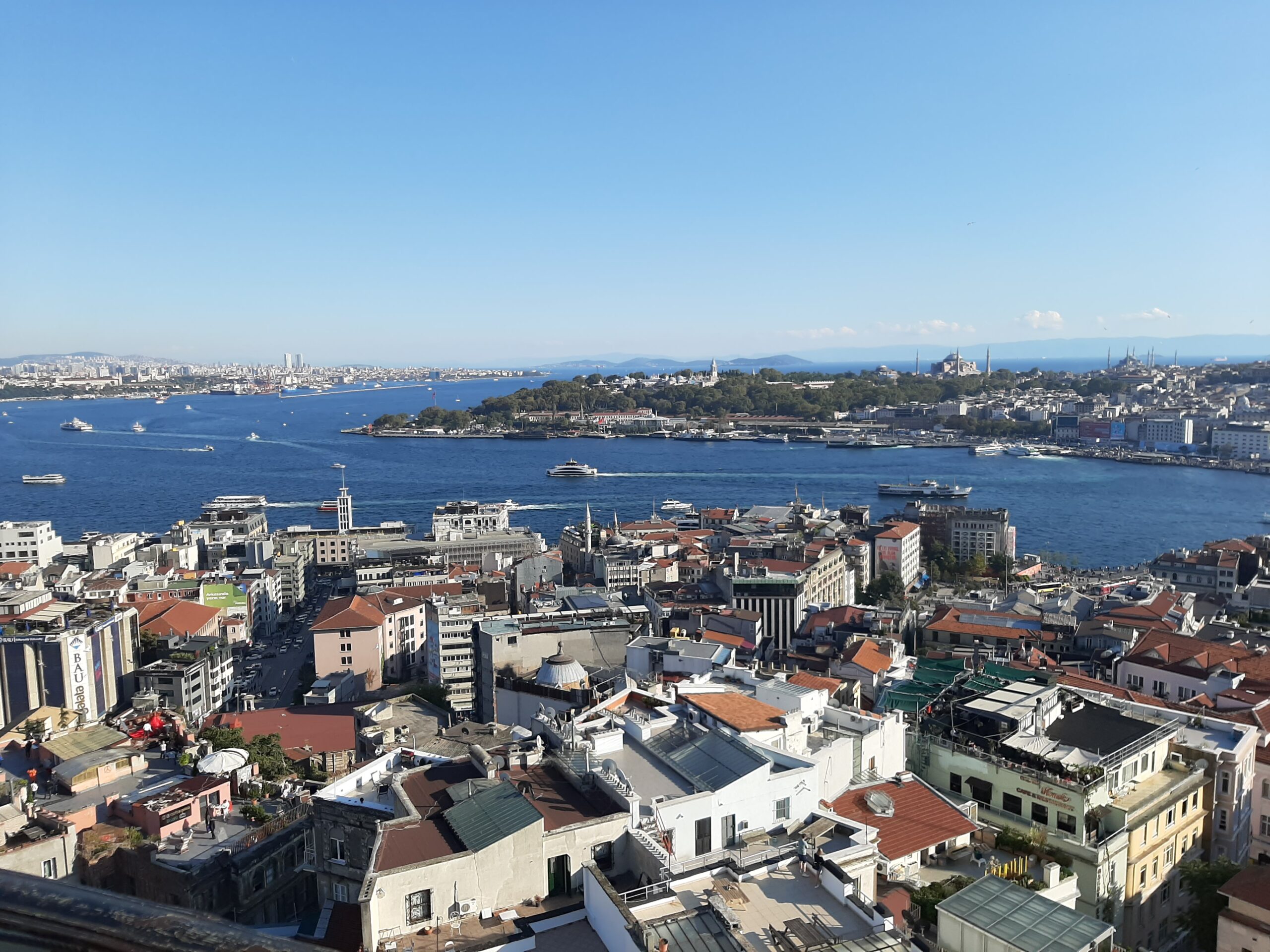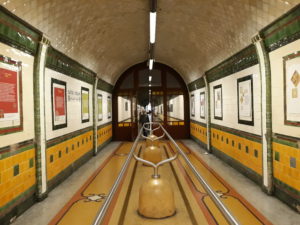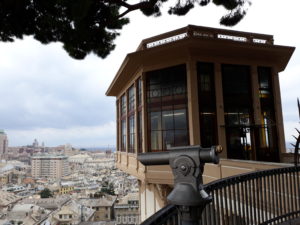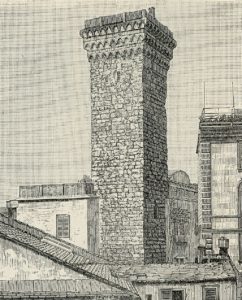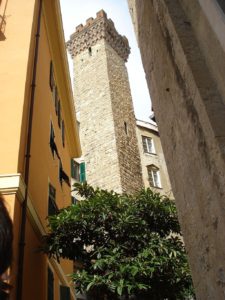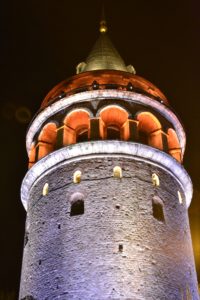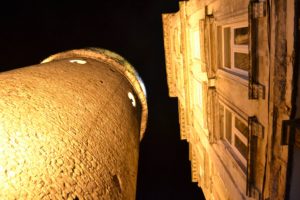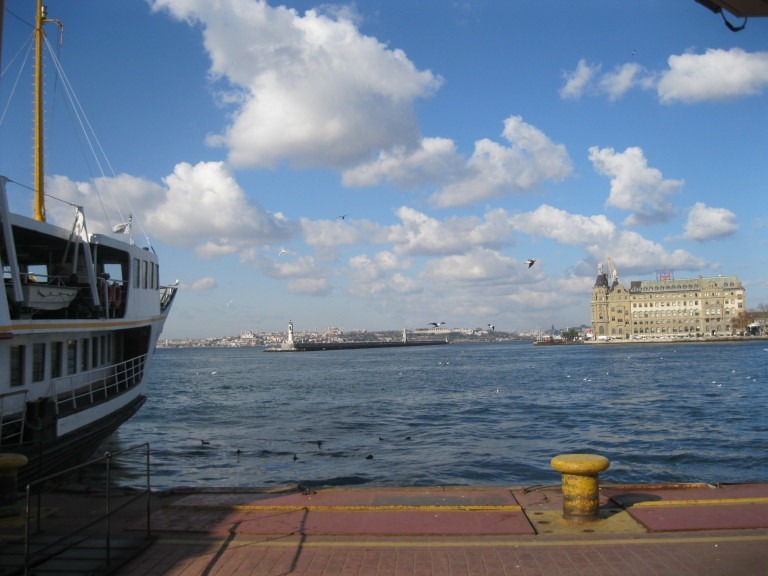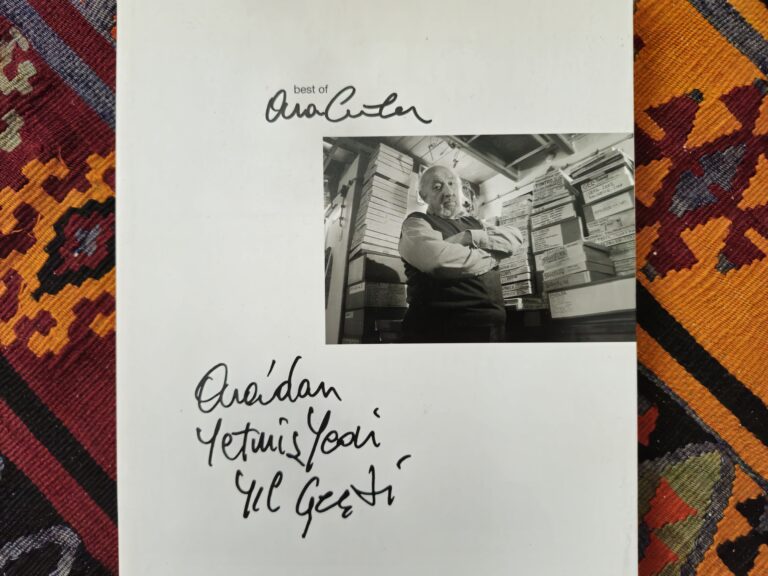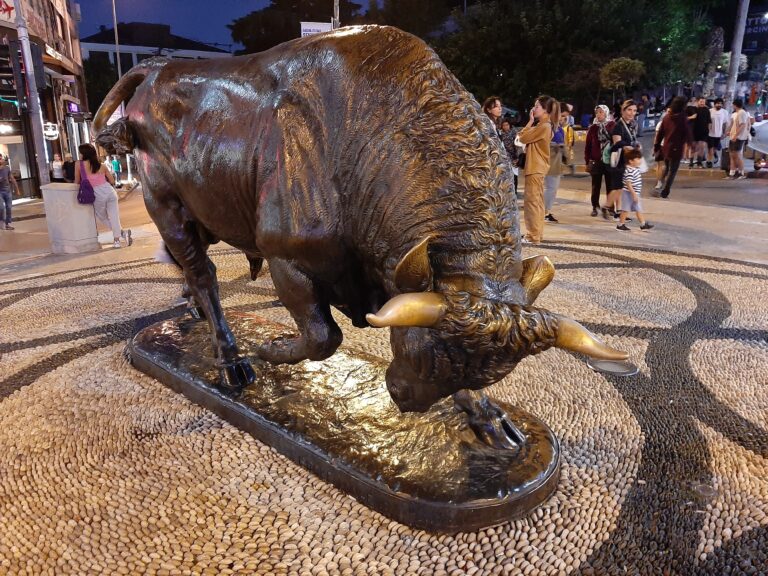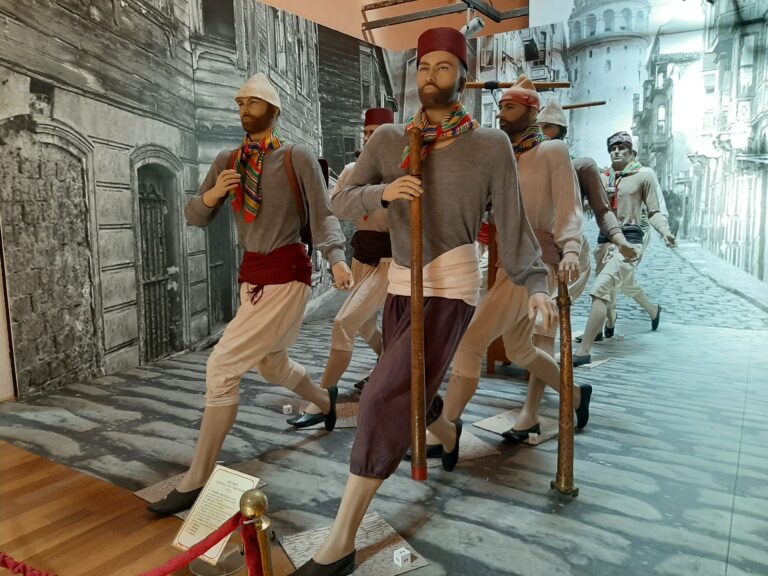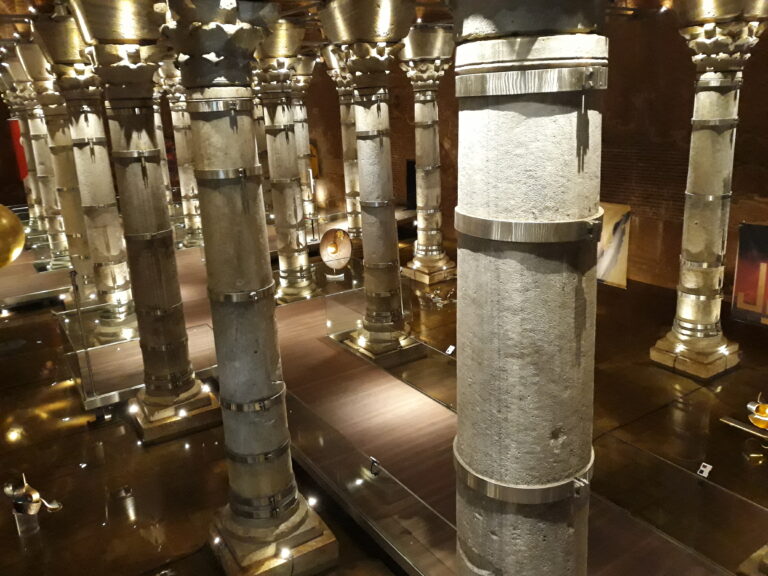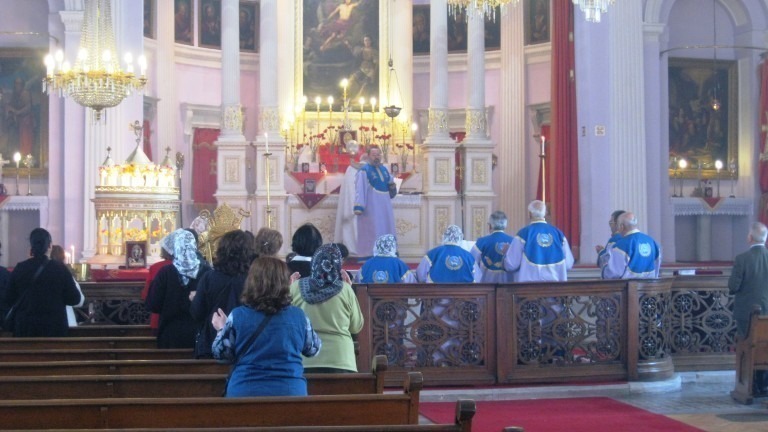Galata Tower and Genoa: Funiculars and more
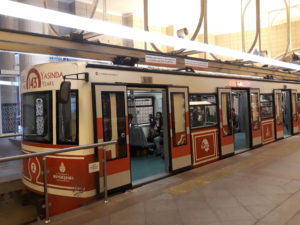
Galata Tower and those in Genoa share a lot of similarities. They’re both set in hilly locations and have famous towers and funiculars.
Like Istanbul, Genoa is built on a series of steep hills and dates back centuries. The old city centre is made up of tiny streets and narrow alleys called caruggi, with numerous elevators and funiculars connecting them. Back in medieval times Genoa was dotted with fifty or sixty towers belonging to noble families. They would race to build the highest tower before their neighbours did, until a new regulation was introduced in 1296 to end these sometimes dangerous competitions. One of them, the Embriaci Tower, still stands. It was built by Guglielmo, also known as “Testa di Maglio” (Hammerhead), the conqueror of Jerusalem and Caesarea Maritima, in the 11th century. It is 165 span – almost 38 metres high.
Embriaci tower then and now…
The Genoans built the stone Galata Tower in modern day Beyoğlu, Istanbul, in the 14th century. It was originally part of a defence wall built by the Genoese, known as Galatians, to protect their colony located opposite Constantinople (modern day Sultanahmet). The Galatians used it to keep an eye on their goods being delivered to the docks below and called it Christea Turris, the Tower of Christ.
The connection between Genoa and Galata goes back more than seven hundred years. The Genoese recaptured Constantinople from the Latin Crusaders and began to trade with the Byzantines around the mid-13th century. In 1267 they were granted control of the area where Galata Tower stands. The boundaries were marked in 1303 on the understanding the Genoese wouldn’t fortify it, but they did. At the same time, the Genoese were doing business with the Ottoman Turks. Genoa had become a city state with trading interests across Europe, including in the Aegean. In 1352 they formed an alliance with the Ottomans.
Despite an agreement negotiated in 1451 guaranteeing independence and protection from any sieges, after the Conquest in Istanbul in 1453 by Mehmet II, the Galatians became part of the conquered. Their lands were confiscated, sections of the wall around the Galata district were torn down and they had to pay an annual tax imposed on all non-Muslim citizens, called a djizya.
Payment guaranteed the sultan would not take military action against them, they could own property and slaves, practice their own religions and move freely in Ottoman lands. Once the Ottomans took over the Genoan colonies on the Aegean and the Black Seas, the Galatians’ importance to overseas trade and business inside Turkey lessened. They turned their focus to the silk industry based in Bursa and Iran and helped expand this industry in Genoa.
Genoa became a republic in 1528 under the rule of Admiral Andrea Doria. However, as the Ottomans grew in power the Genoese lost theirs. After failing to obtain favourable terms with the Ottomans, Genoa began to negotiate with the Spanish monarchy. By the 17th century Genoa had lost all their islands in the Aegean and over the following centuries the connection to Turkey was largely forgotten.
After 1453, Galata Tower was used as a look out to spot fires, a deadly threat to the many wooden houses in the city. In the 17th century, after studying air currents and copying bird wings, Hezarfen Ahmet Çelebi is believed to have jumped from the 63 metre high tower and flown all the way across the Bosphorus to Üsküdar. That’s around six kilometres and if true, a remarkable feat. The tower opened to the public in 1967 and its narrow slightly sloping balcony provides panoramic views of the city.
Genoa and Beyoğlu became sister cities in 2013. By chance, the Genoan mayor who signed the agreement was one Marco Doria, a descendant of the aforementioned admiral of the ancient family of Dori. The Dori family was extremely important in the development of Genoa from the 12th to the 15th centuries. After more than 700 years, the history of Galata has come full circle.
Here are my helpful tips for planning your trip.
To get the most out of your visit to Galata Tower browse the GetYourGuide website for a guided tour by an expert who’ll bring the synagogues, churches and Kamondo steps to life. Or check out Viator for even more ways to experience Istanbul and Turkey with food tours, visits to the old city, evening Bosphorus cruises and more!
For FLIGHTS I like to use Kiwi.com.
Don’t pay extra for an E-VISA. Here’s my post on everything to know before you take off.
However E-SIM are the way to go to stay connected with a local phone number and mobile data on the go. Airalo is easy to use and affordable.
Even if I never claim on it, I always take out TRAVEL INSURANCE. I recommend Visitors Coverage.
I’m a big advocate of public transport, but know it’s not suitable for everyone all the time. When I need to be picked up from or get to Istanbul Airport or Sabiha Gokcen Airport, I use one of these GetYourGuide website AIRPORT TRANSFERS.
ACCOMMODATION: When I want to find a place to stay I use Booking.com.
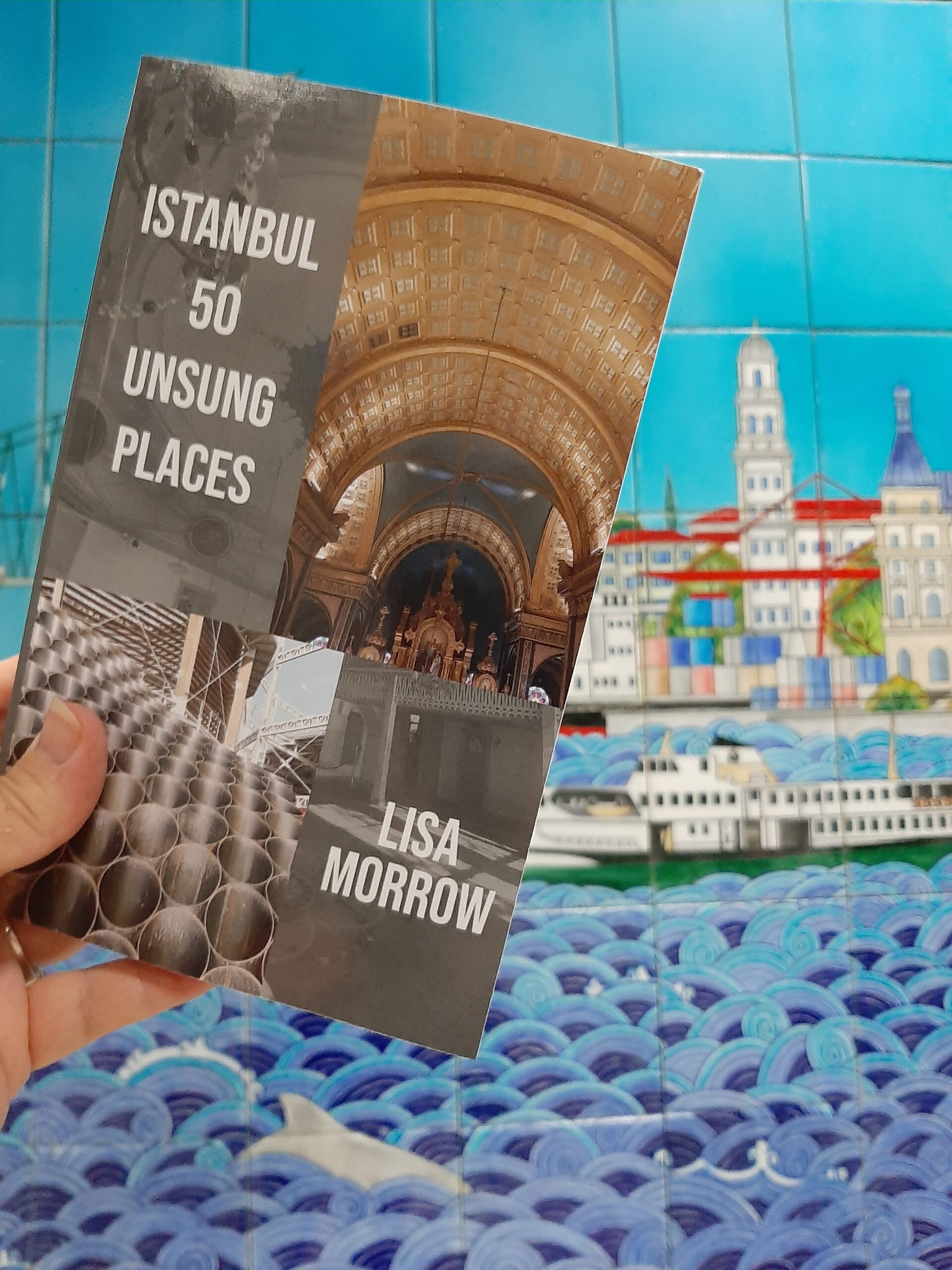
CITY TOURS & DAY TRIPS: Let me guide you around Kadikoy with my audio walking tour Stepping back through Chalcedon or venture further afield with my bespoke guidebook Istanbul 50 Unsung Places. I know you’ll love visiting the lesser-known sites I’ve included. It’s based on using public transport as much as possible so you won’t be adding too much to your carbon footprint. Then read about what you’ve seen and experienced in my three essay collections and memoir about moving to Istanbul permanently.
However you travel, stay safe and have fun! Iyi yolculuklar.
